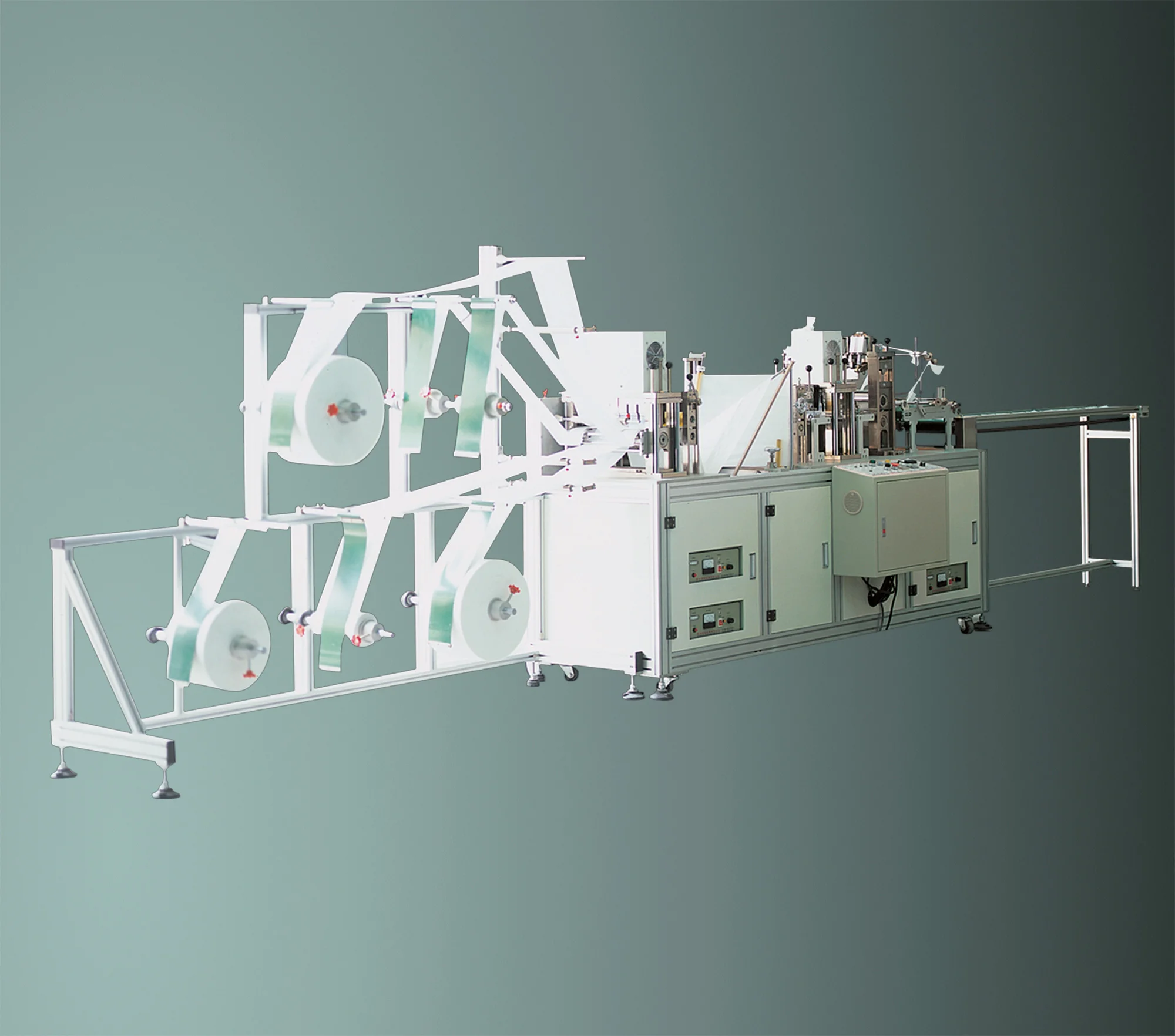Introduction
As cities continue to expand, urban development increasingly takes place on challenging soil conditions such as reclaimed land, soft clay, or areas with fluctuating groundwater levels. These factors make structural settlement one of the most pressing concerns in construction. Settlement not only threatens the durability of buildings but also compromises the safety and comfort of residents.
This is where ground strengthening plays a critical role. By improving the load-bearing capacity and stability of the soil beneath structures, ground strengthening prevents uneven settlement, ensures structural integrity, and extends the service life of urban buildings.
As a global leader in foundation subsidence treatment and soil stabilization, Hengxiang Hongye has been committed to research and technological innovation in settlement mitigation. We deliver solutions for residential, industrial, public buildings, and infrastructure, helping cities grow safely and sustainably. Learn more here: Hengxiang Hongye Ground Strengthening
Understanding Structural Settlement in Urban Projects
Structural settlement occurs when the ground beneath a building shifts or compresses, causing the foundation and structure above to move unevenly. Common causes include:
-
Weak or compressible soils (clay, peat, organic soils).
-
Poor compaction during initial construction.
-
Groundwater fluctuations, leading to soil erosion.
-
Overloading of the soil due to heavy structures.
-
Urban excavation and nearby construction, which disturb soil balance.
Impacts of Settlement
-
Cracks in walls and floors.
-
Tilting or uneven flooring.
-
Structural misalignment, affecting doors, windows, and columns.
-
Reduced safety and property value.
-
High maintenance and repair costs for owners and developers.
How Ground Strengthening Prevents Settlement
1. Increasing Soil Bearing Capacity
Ground strengthening enhances the soil’s ability to carry structural loads. Techniques such as jet grouting or deep soil mixing transform weak soils into stronger, more reliable ground layers.
2. Filling Voids and Eliminating Weak Zones
Methods like compaction and permeation grouting inject grout into soil voids, stabilizing loose materials and reducing the risk of sudden collapses beneath foundations.
3. Preventing Differential Settlement
Layered soil reinforcement ensures uniform load distribution, preventing uneven settlement across different parts of the foundation.
4. Mitigating Water-Related Risks
By creating impermeable soil-cement columns or sealing water pathways, ground strengthening reduces the impact of groundwater fluctuations.
5. Real-Time Monitoring for Precision
Hengxiang Hongye integrates intelligent monitoring systems that track pressure, flow, and elevation in real time, ensuring safe, accurate, and efficient treatment.


